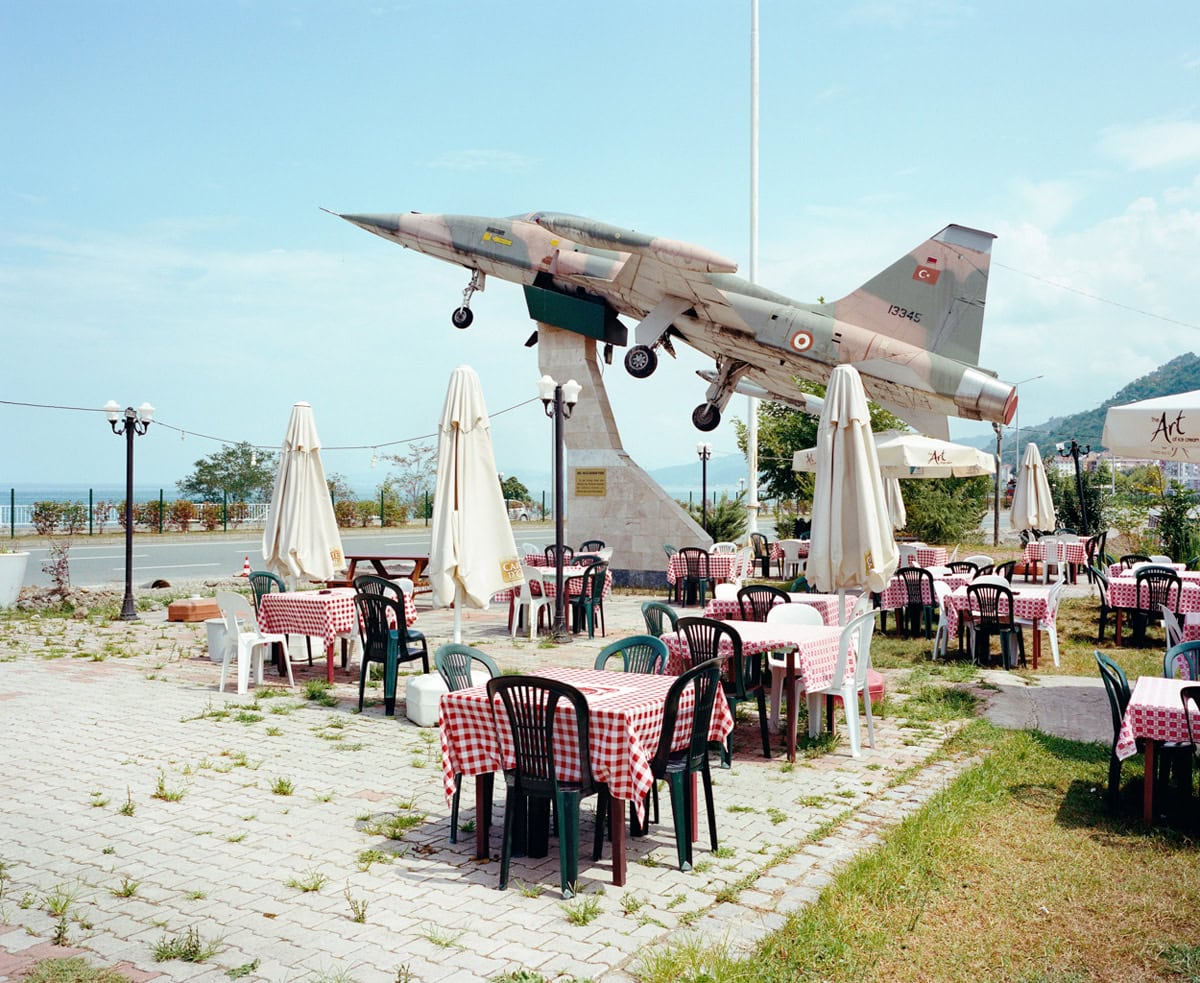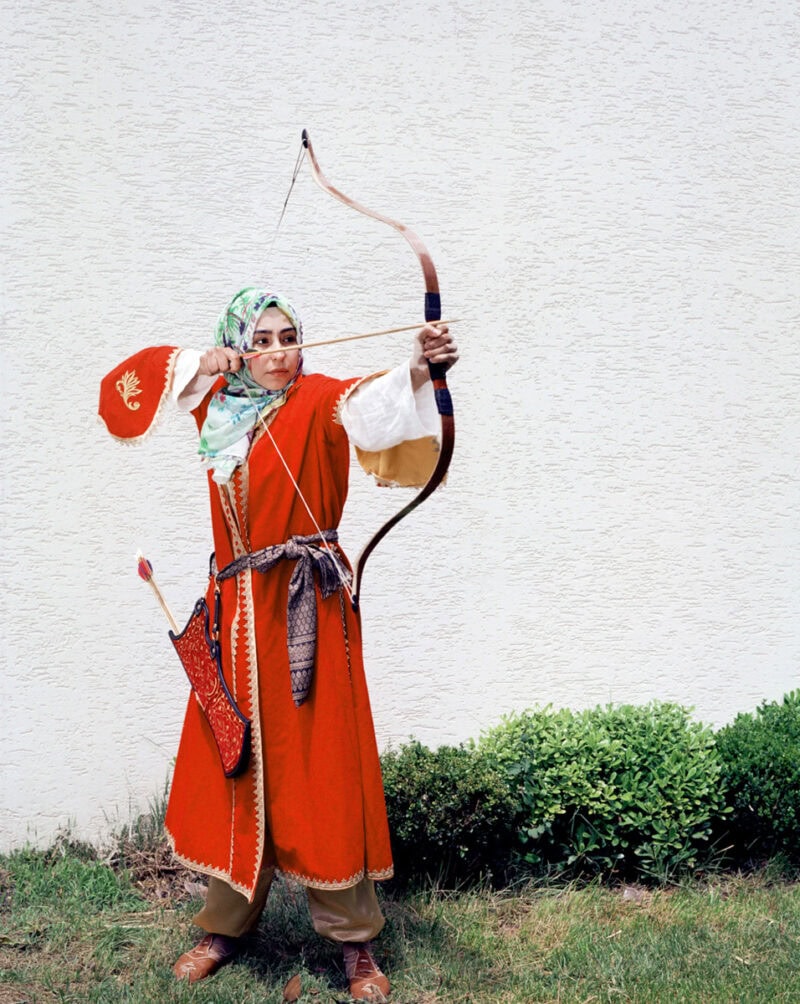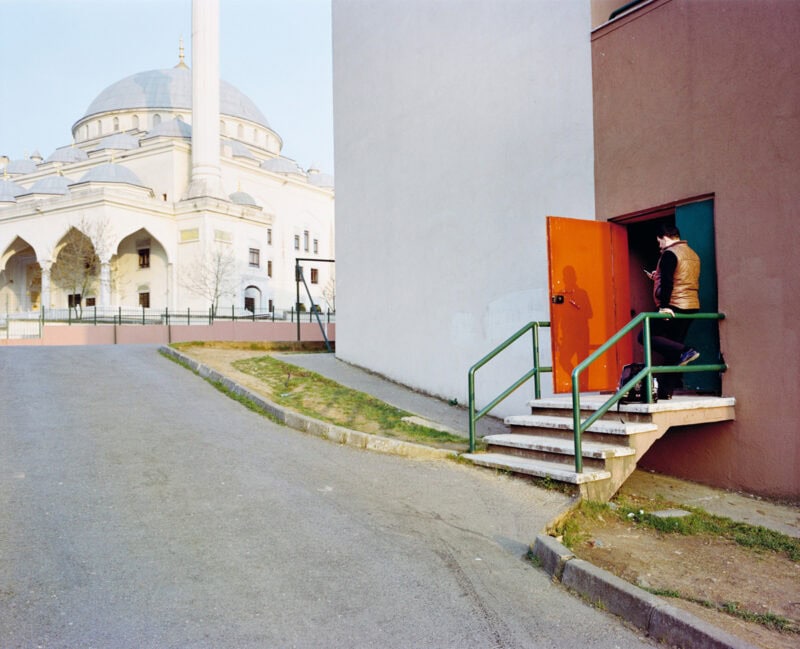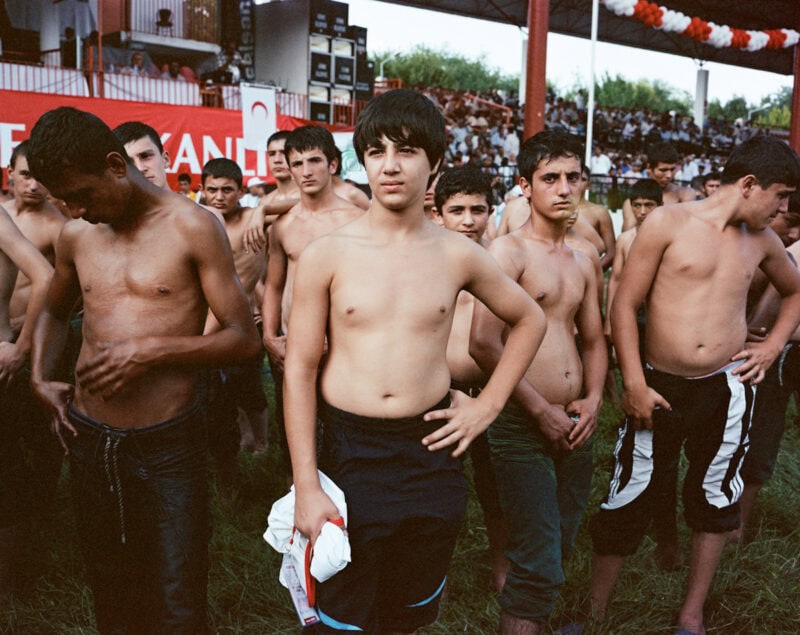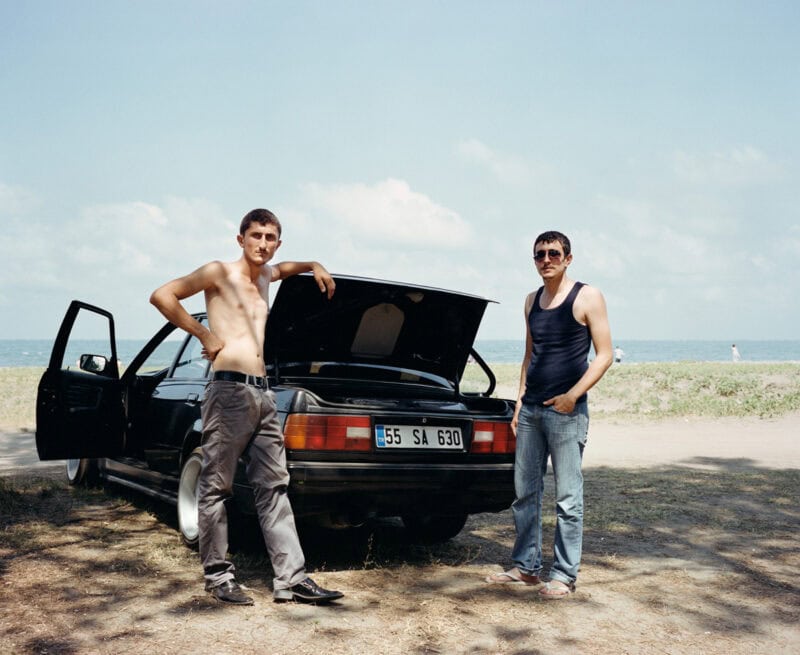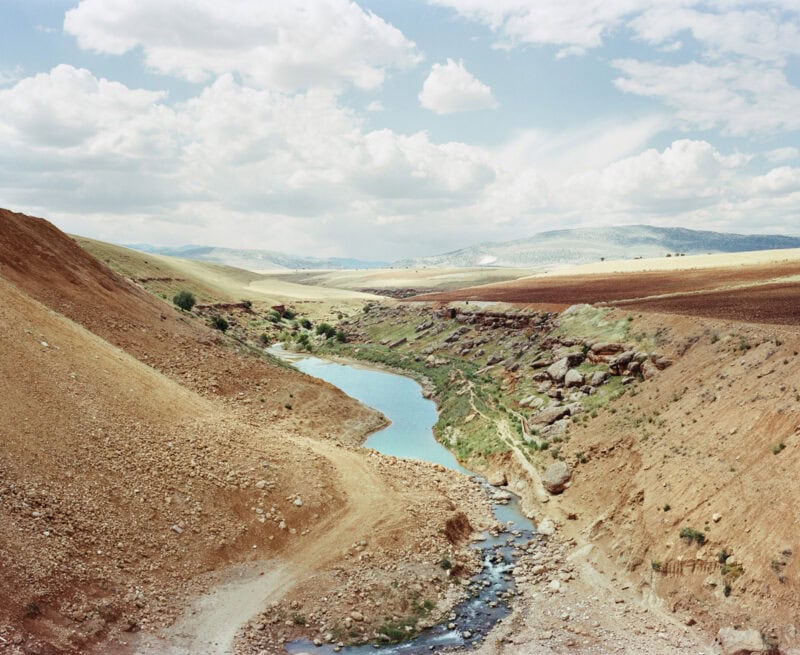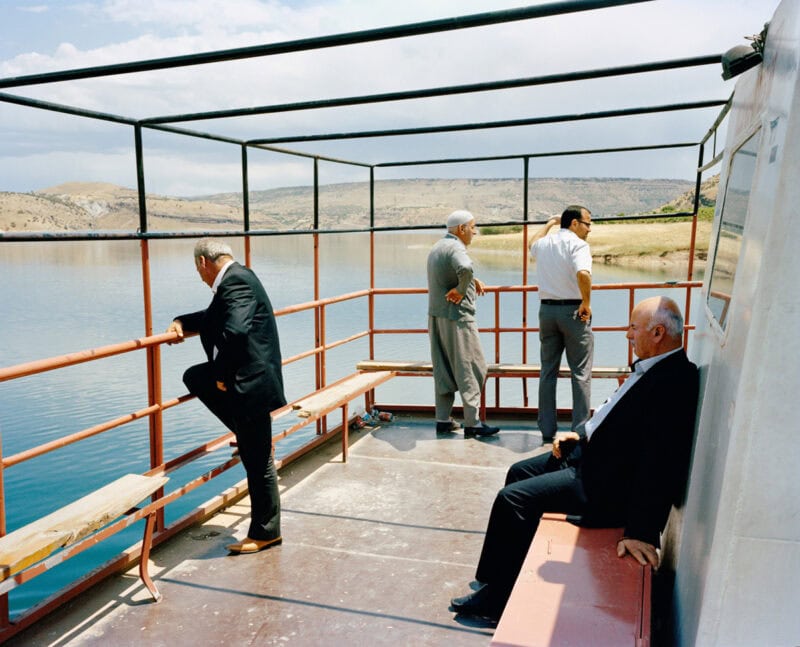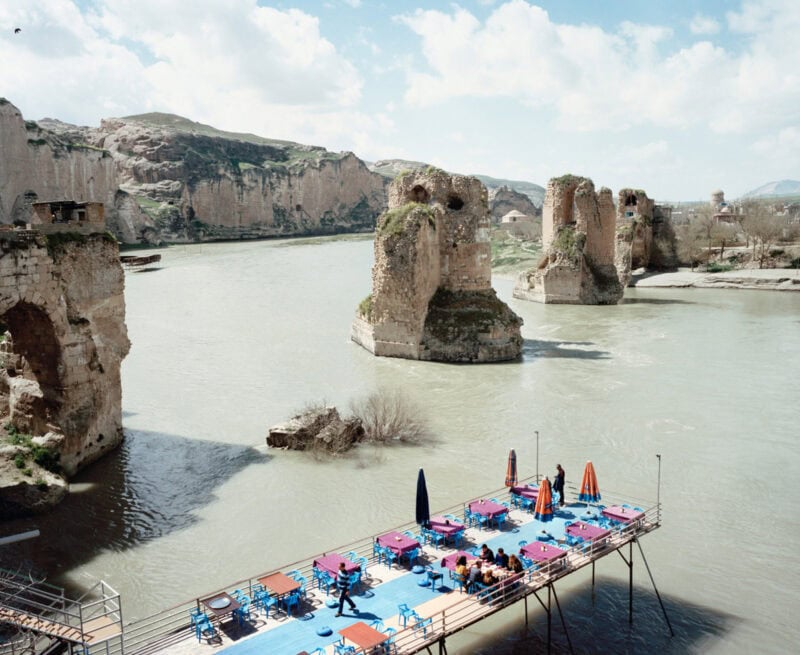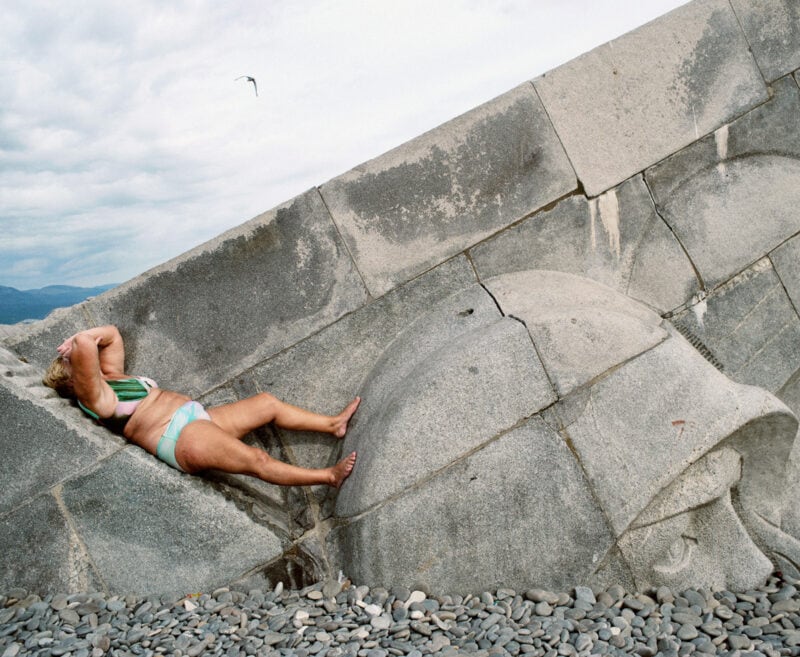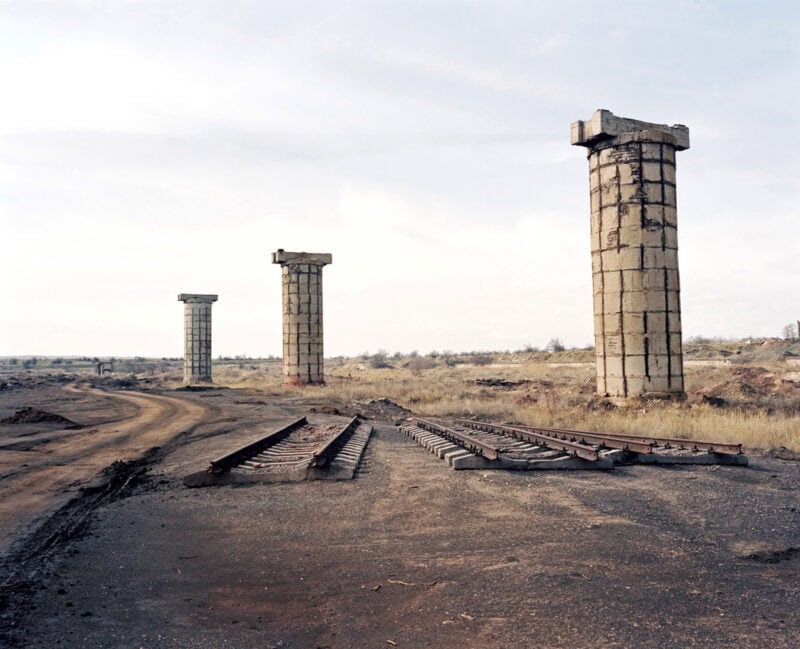Mathias Depardon was raised between France, Belgium and the US. After studying social communication and journalism in Brussels, Mathias joined the Belgian national newspaper Le Soir before devoting himself to reportage and feature work. His immersive process and slower approach to journalism allow for comprehensive bodies of work that reveal and frame important social, economic and political issues in territories under tension where he question the idea of identity and territory. Through series of portraits and landscapes, Mathias Depardon probe a Turkey torn between modernization and the reminiscence of the ottoman values evoking the notion of Pan-Turkism in the neighboring countries.
In 2018 he is the finalist of the Grand Prix de la Photographie Documentaire in Sète and the recipient of the CNAP Grant (Centre national des arts plastiques, Paris) for Contemporary Documentary Photography. For the 49th edition of Les Rencontres d’Arles, Mathias exhibited as part of ‘A Pillar of Smoke’ – a look at Turkey’s contemporary photography scene.
In 2019 he is the laureate of Les Regards du Grand Paris in partnership with les Ateliers Médicis and CNAP. In 2020 he’s the winner of the Yves Rocher Foundation Grant which will allow him to pursue his project on the drying out of the Mesopotamian Rivers.
Exhibitions have included the Bibliothèque nationale de France and more recently the Musée des Archives nationales in Paris for his solo exhibition TRANS ANATOLIA (2017). He’s work is published and commissioned regularly by leading international periodicals including National Geographic, M Le Magazine du Monde, Le Figaro Magazine along with photographic periodicals such as The British Journal of Photography and The European Photography Magazine among others. He is a member of The Photo Society / National Geographic and the author of TRANS ANATOLIA / André Frère Editions 2020.
About ‘Transanatolia’ – words by Mathias Depardon:
Transanatolia is a journey to the border regions of Turkey. As you may know I’ve spent five years photographing the New Turkey, reaching as far as Nagorno Karabakh and the foothills of Xinjiang, where Turkey represents the ever-present “mother-land”. The fragmentation of the Ottoman Empire at the end of the First World War continues to be felt as a trauma, whereas the expansion of the country’s borders is meant to avenge the wounds inflicted by history. It took sometime for this book to come out in the making but it seems now very much in touch with the current news. By the way some of the images which are part of Postcards of The Black Sea happen to figure in the book as well.
